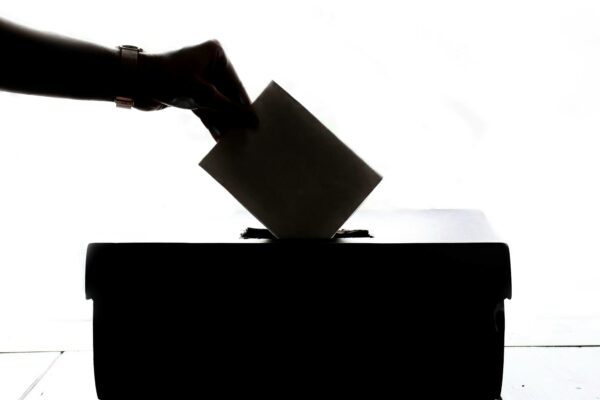
In these modern times, the fast dissemination of information has changed the way of getting and reading news, especially during election periods. However, this flood of information comes with a significant challenge: the difference between accurate information and misinformation. Fact-checking has turned into a compulsory skill for dealing with the flood of 2024 presidential election odds and other election news. This is a complete guide on how to verify election news. It emphasizes the significance of fact-checking, ways to check information, and resources that will help you in being informed and avoiding being deceived.
Misinformation and Its Impact
The dissemination of untrue or misleading information can heavily affect public opinion and voter behavior. In the run-up to elections, the stakes are high and misinformation can be a major factor in degrading democracy by making voters change their minds with false claims about candidates, policies, or voting procedures. This can result in the making of unwise decisions at the polls, a decrease in trust in the electoral system, and political polarization.
The Role of Social Media
Social media platforms such as Facebook, X, and Instagram are great tools for the fast distribution of information. They are also vulnerable to being used for spreading false information. The fact that the internet is now a major source of information means that fake news can travel very fast, sometimes even faster than the truth and check-ups. This is why people need to be vigilant and verify the information they come across on social media.
Cross-Referencing Sources
The best method of checking the information is to compare it with several reliable sources. Trustworthy news outlets usually validate their stories with facts and give the whole scenario with detailed reporting. If a piece of election news is only reported by unknown or biased sources, it’s better to doubt its credibility.
Checking the Source’s Credibility
Think about the reliability of the source. The BBC, The New York Times, and Reuters are media organizations that have been in existence for a long time and their reporters follow the rules of journalism more than others. This makes them less likely to spread untrue information. On the contrary, not-so-well-known websites or blogs may have a lack of sound fact-checking methods. Always verify the author’s background and the publication’s standing before believing what is being said as true.
Identifying Bias
All news sources are to some extent biased. The political bias of a publication is an important factor to take into account when you are trying to put the information it presents in its context. Sites such as Media Bias/Fact Check and AllSides give you a chance to know the biases of different news sources; hence, you can assess the news rationally.
Verifying Images and Videos
False information found in text, images, and videos can be altered. Applications such as Google Reverse Image Search and TinEye are the ones that enable you to find out where an image comes from. In the case of videos, InVID and Amnesty’s YouTube DatViewer can assist in verifying their genuineness. Keep an eye on the visual signs that may show the manipulation, for example, different lighting or shadows.
Practical Steps for Fact-Checking
- Be Skeptical: Be doubtful of all election news. Ask yourself the reason for that information and who is for. The misinformation usually strikes emotions and biases, so you should always think critically before sharing or believing it.
- Check the Source: Investigate the origin of the data. Check the publication, author, and date of the article. Trustworthy articles usually contain the whole thing; context, background information, and some references to primary sources. In case the source is not transparent or there is a precedent of spreading false information, then you have to be careful.
- Cross-Check Information: Compare the data with those from other reliable sources. The same information in different trusted newspapers of the world shows that it is true. In case you come across discrepancies, dig deeper to find out which source is more reliable.
- Consult the Fact-Checking Websites: Go to fact-checking websites and check the specific points of claims. These websites are run by specialists who thoroughly look into statements and give a full picture of them. You can look at their results to see if the information is reliable.
- Investigate the Proof: Investigate the proof given in the news report. Trustworthy articles are those that can be backed by reliable sources and give the reader proof to believe in. Visualize the quotes and data points with official documents or other trusted publications to be sure that they are real.
- Double-check the Visual Content: Utilize the instruments to check the images and videos. Verify the date and place of the content and read out for signs of alteration. The context often accompanies real visuals and can be traced back to their sources.
In the information era, being informed and distinguishing between fact and fiction needs a lot of time for fact-checking. Along with a critical mindset and reliable resources, you can go through election news confidently and make up your mind. Fact-checking is not only a skill but also a civic duty that safeguards the democratic process from corruption. Being voters and also consumers of information, one must check the news one comes across, question misinformation, and assist in creating an informed society.









